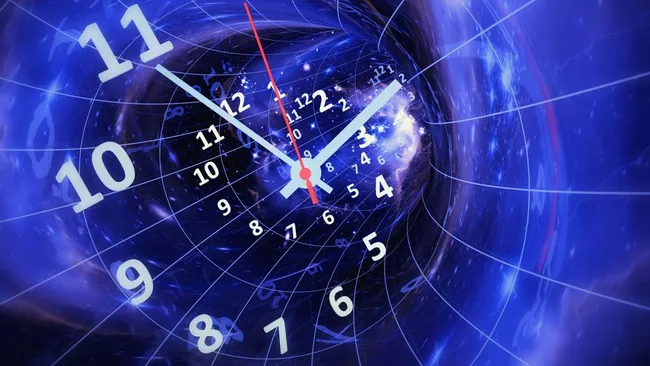By Leah Sarnoff, ABC News
How much can change in a second?
The impact of climate change has been felt across the globe in rising temperatures and rising sea levels — but a new study suggests global warming has accelerated the Earth’s rotation, affecting the way we measure time.
The Earth’s rotation governs the hours, minutes, and seconds of the day across the world in Coordinated Universal Time, or UTC, which was made the international standard for time measurement in 1960, according to Britannica.
Since 1972, UTC has been modified by adding “leap seconds” when necessary, because the Earth’s rotation rate is inconsistent, Britannica notes. The added second of UTC makes the last minute of December or June 61 seconds rather than 60, according to the encyclopedia.
However, for the first time, UTC may have to lose a second in what would be called a “negative leap second,” according to a study from the Scripps Institution of Oceanography at the University of California San Diego, published Wednesday in Nature.
In total, there have been 27 added leap seconds to UTC, according to researchers, but the impact of subtracting a second is “unprecedented.”
While losing a second may seem miniscule, in theory, the impact on universal computing systems could be severe, according to Patrizia Tavella, a member of the Time Department at the International Bureau of Weights and Measures in France.
“Earth’s rotation seems to have accelerated, outpacing the time standard, and raising the possibility that an unprecedented ‘negative’ leap second might soon be required — a daunting prospect in a world reliant on consistent timekeeping,” Tavella wrote in an article accompanying the study in Nature.
Precise UTC timekeeping is needed for satellite navigation, software, telecommunication, trade and even space travel, he noted.
The study, led by geophysicist Duncan Agnew, suggests the negative leap second, which could be implemented as soon as 2026, may be delayed by the impact of global warming to 2029.
The delay of the negative leap second comes from the acceleration of melting polar ice in Greenland and Antarctica, which is measured by satellite gravity, according to the study.
The melting polar ice “has decreased the angular velocity of Earth more rapidly than before,” the study notes.
Since 1972, when UTC became the global standard for timekeeping, “the angular velocity of the liquid core of Earth has been decreasing at a constant rate that has steadily increased the angular velocity of the rest of Earth,” according to the study.
To put it simply, global warming has accelerated the Earth’s rotation, forcing global timekeeping to adjust.
“A negative leap second has never been added or tested, so the problems it could create are without precedent,” Tavella wrote.
UTC is currently computed using data from about 450 atomic clocks, which are maintained in more than 80 institutions around the world, according to Tavella.
In 2022, scientists and government representatives voted to remove leap seconds from UTC by 2035 at an International Bureau of Weights and Measures (BIPM) conference in France.
The resolution was passed by the BIPM’s 59 member states and other parties at the General Conference on Weights and Measures.
However, Tavella now suggests the “uncertainty associated with predictions of Earth’s rotation” and the evaluation of whether a negative leap second will be required must be assessed before 2035.
“Metrologists around the world are following the unfolding discussion attentively, with the view to avoiding any unnecessary risks,” he wrote, adding “Earth’s rotation is an imperfect timekeeper.”



